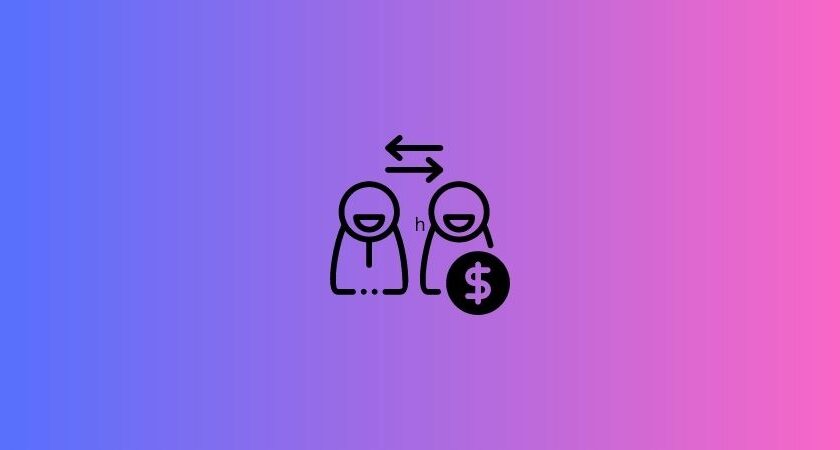Peer-to-peer learning, also known as collaborative or cooperative learning, is a progressive educational approach that promotes active student engagement and empowers learners to take on both the roles of students and teachers. In this student-centered approach, students collaborate with their peers, sharing knowledge, ideas, and experiences, which fosters a deeper understanding of the subject matter.
Peer-to-peer learning has gained significant attention in recent years as a transformative method that benefits not only the students but also the entire learning ecosystem. This blog explores the numerous advantages of peer-to-peer learning and how it empowers students as teachers.
Active Engagement and Participation
Peer-to-peer learning shifts the traditional classroom paradigm from a teacher-centric approach to one that actively involves students in the learning process. When students become teachers, they are more engaged, motivated, and invested in the subject matter.
The active involvement enhances their critical thinking, problem-solving skills, and ability to articulate ideas effectively. Students are more likely to ask questions, seek clarification, and participate in discussions, creating a dynamic and stimulating learning environment.
Improved Communication and Interpersonal Skills
As students take on the role of teachers, they not only improve their understanding of the content but also develop essential communication and interpersonal skills. Explaining concepts to their peers requires clarity, empathy, and effective communication, all of which are valuable skills in the real world. Peer-to-peer learning nurtures these skills, preparing students for future professional and social interactions.
Enhanced Retention and Deep Learning
Teaching others is a powerful learning strategy. When students teach their peers, they reinforce their own understanding of the subject matter. The process of explaining complex concepts in simple terms requires a comprehensive understanding of the topic, leading to deeper learning and improved retention.
By becoming teachers, students become more active participants in their education, solidifying their grasp on the material and reducing the likelihood of rote memorization.
Encouragement of Creativity and Innovation
In traditional classrooms, students often receive knowledge passively. However, in peer-to-peer learning environments, they are encouraged to think critically, creatively, and innovatively. As students explore different ways to explain concepts and engage with their peers, they discover alternative approaches and unique perspectives.
This fosters a sense of creativity and a willingness to think outside the box, nurturing the leaders and problem solvers of tomorrow.
Fostering a Supportive Learning Community
Peer-to-peer learning creates a supportive and inclusive learning community. Students learn to respect and appreciate each other’s contributions, fostering a sense of camaraderie and cooperation. The learning environment becomes more empathetic, with students helping each other overcome challenges and celebrate successes.
This sense of community not only enhances the learning experience but also promotes positive social interactions and emotional well-being.
Cultivating Leadership and Empowerment
When students take on the role of teachers, they step into leadership positions, gaining a sense of empowerment and responsibility. Being recognized as valuable contributors to the learning process boosts their confidence and self-esteem. As they realize their potential to positively impact their peers’ education, students develop a strong sense of responsibility, accountability, and leadership.
Bridging Knowledge Gaps
In traditional classrooms, students with different learning paces and abilities may struggle to keep up with the prescribed curriculum. Peer-to-peer learning allows stronger students to help their peers who might be facing challenges, bridging knowledge gaps and ensuring that no one is left behind. This approach promotes a more equitable and inclusive learning experience for all students, fostering a supportive learning environment.
Tailored Learning Experience
Every student has unique strengths and weaknesses. Peer-to-peer learning facilitates personalized and individualized learning experiences. When students become teachers, they can tailor their explanations to suit their peers’ learning styles and preferences. This personalized approach ensures that each student receives the support and guidance they need to excel academically.
Conclusion
Peer-to-peer learning empowers students by giving them an active role in their education. The benefits are far-reaching, from improved engagement and communication skills to fostering creativity, empathy, and leadership qualities.
As students take on the role of teachers, they become active participants in their learning journey, creating a collaborative and supportive community where knowledge is shared and celebrated. This transformative approach not only enhances academic performance but also equips students with the essential skills and confidence to thrive in the ever-changing world beyond the classroom.
By embracing peer-to-peer learning, we can truly empower students as teachers and nurture the leaders and innovators of tomorrow.
